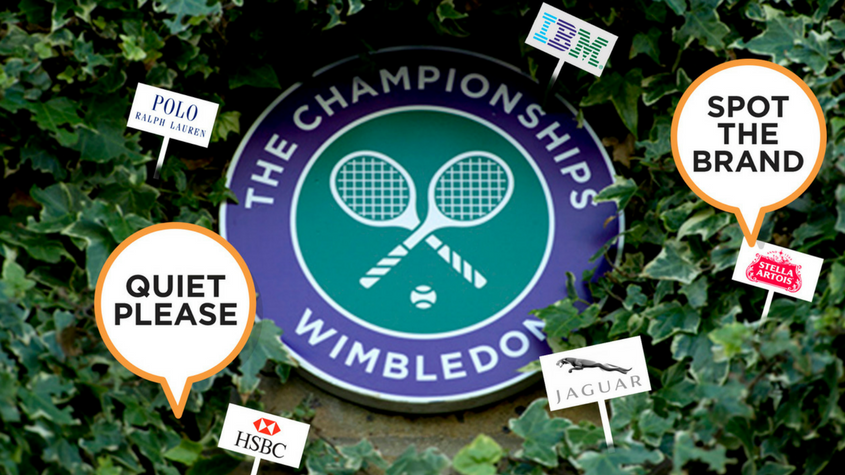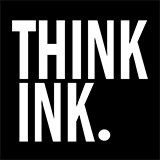Quiet, Please: How the Tradition of Wimbledon Plays Out In Brand Sponsorship
Jul 18, 2017 / By Content Editor
In the 1989 sports-movie classic “Field of Dreams,” Kevin Costner builds a baseball diamond in an Iowa cornfield and magically meets the “Shoeless Joe” Jackson and the rest of the 1919 Chicago White Sox – better known as the Black Sox for fixing the World Series. The scandal symbolized the loss of innocence in sports – and in America as it entered the “Roaring 20’s.”
Fast forward 100 years and sports have come a long way from the fields of Iowa (baseball), from the favelas of Brazil (soccer) and the gardens of England (tennis). Athletes today don’t have to fix games – they are multi-million dollar brands with lucrative endorsement deals to sell everything from shoes to pizza to reality TV shows. Case in point – LaVarr Ball trying to sell a $495 shoe for his Big Baller Brand even though his son Lonzo was only just drafted out of college.
Basketball superstar Lebron James – better known as @KingJames – has 37M followers on Twitter alone. And every game – 82 in the NBA regular season, not counting playoffs – is a chance for owners and marketers to reach millions of consumers – both the young as well as the formerly-young. Can we blame teams for turning sports arenas into loud and shiny circuses with jumbotrons, music and dancing mascots? They are trying to reach as wide a consumer audience as possible – while creating a new generation of fans.
Where Advertising and Technology Are on “Mute”
There is one refreshing exception, however, in this “wide world of sports.” Wimbledon – the oldest tennis championship in the world, dating back to 1877. The New York Times recently profiled the tournament and its balanced approach to commercial marketing and sports tradition. The Wimbledon brand has always represented a pastoral ideal that Kevin Costner could be proud of – with its motto being “tennis in an English garden.”
But don’t confuse Wimbledon for your local country club – it’s a global, high-stakes and highly lucrative professional tournament. Like any strong brand, Wimbledon has cultivated an image that its fans – and its corporate sponsors – can respect and embrace. Sponsors like Slazenger and Evian incorporate their logos into the Wimbledon scenery, but the advertising is muted and blends in naturally – the aesthetic focus is on the natural greenery as a hushed crowd reverently watches the best athletes in tennis compete. Even companies like Rolex and IBM make sure that their logos respect the Wimbledon aesthetic, only appearing in context beside a clock or an LED screen.
There is no disruptive advertising. No in-yer-face bling. No pop-up booths to distract from the quintessential British sporting experience.
Compare Wimbledon with that most global of sports – soccer – where Qatar Airways and Fly Emirates are emblazoned on the jerseys of the two most iconic clubs, Barcelona and Real Madrid. The advertising (which is all over stadiums as well) hasn’t made fans any less fanatic for their teams, but does it really help brand value? Maybe, but maybe fans also get better at tuning out advertising.
And it’s not just advertising but technology that can be distracting or obnoxious. Brands have subtly woven themselves into the Wimbledon experience because WIMBLEDON is the brand, not them. Contrast this with some of the inane “experiential-immersive-connected” stunts that agencies and brands are trying out on fans across US stadiums, and you couldn’t have a more different approach.
Of course, sports events are also retail events, and location technologies such as beacons and proximity messaging can help teams sell more merchandise. But the product on the field is (or should be) what matters most. Unless fans stay loyal to the sport and have a team they can buy into, then stadium events lose their retail value.
Game. Set. Match.
And this is what Wimbledon understands, right down to the Wimbledon app which has been redesigned with a garden aesthetic and a “Quiet, Please” launch screen (words traditionally spoken by the tournament’s chair umpire).
Brands can learn a lot from Wimbledon. Keep the focus on your products and services, and create a brand that will be a consistent personality. Use technology and advertising, of course, but use them to strengthen your brand, not compete with it.
Leave the competition on the court, on the field…or in the garden.
Sign up for our insights on the convergence of business and PR

